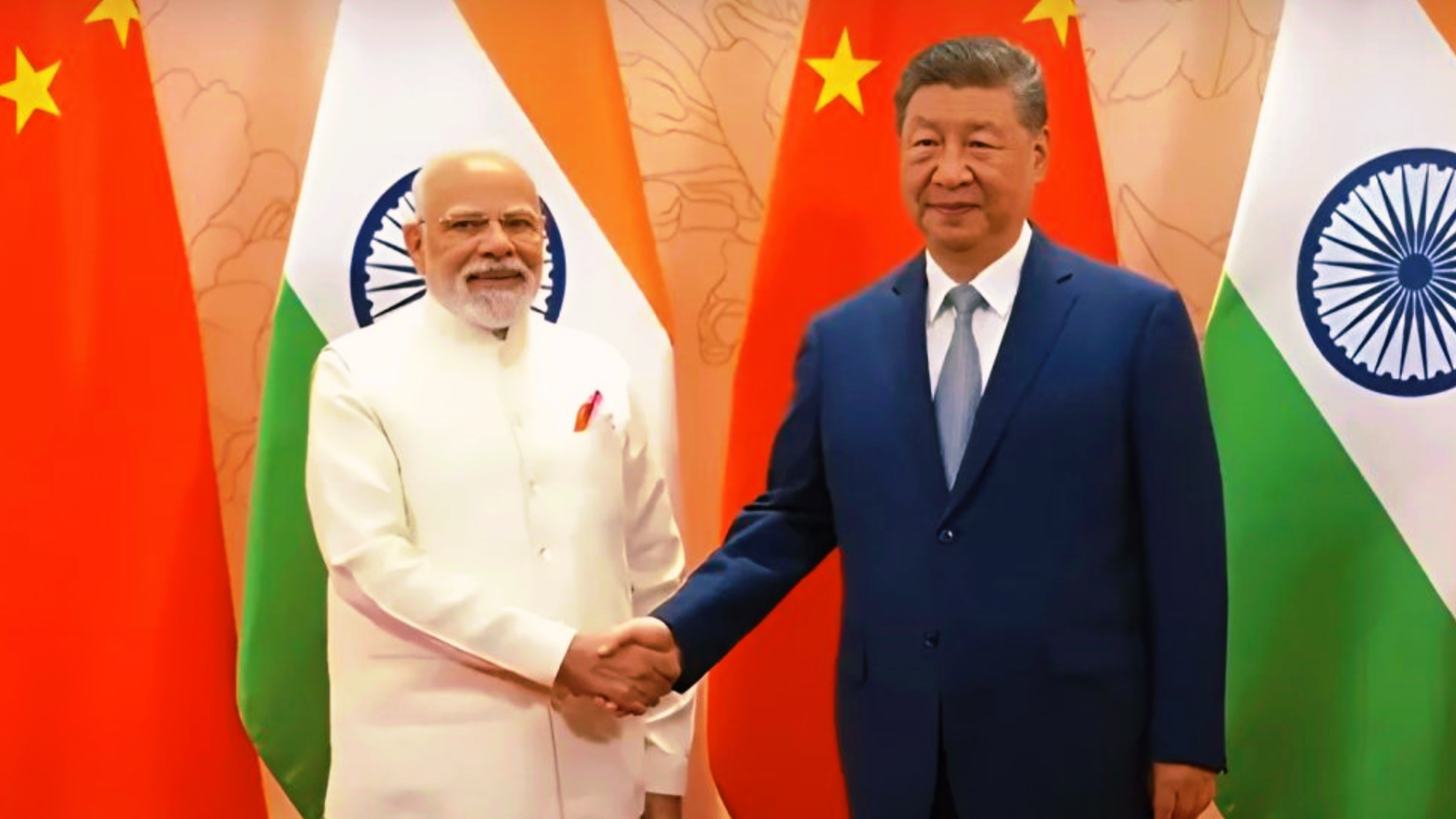In an era where cyber‑terrorism threatens national security, India has called on its largest neighbor, China, to join forces in developing advanced counter‑terrorism technology. Prime Minister Narendra Modi raised the issue during his meeting with President Xi Jinping at the Shanghai Cooperation Organisation summit, underscoring the strategic importance of joint intelligence and technology sharing. The invitation comes amid escalating geopolitical tensions and a renewed focus on digital sovereignty. By leveraging China’s capabilities in artificial intelligence, big data analytics, and surveillance systems, India aims to strengthen its own defense posture and contribute to global efforts against terrorism.
Background and Context
India’s counter‑terrorism strategy has evolved from reactive policing to proactive technological deterrence. Over the past decade, the country has invested heavily in surveillance drones, biometric databases, and predictive analytics to preempt threats. Yet the rapid proliferation of digital weapons and state‑sponsored cyber attacks has exposed gaps that require transnational cooperation. China, with its world‑class AI research institutions and a vast network of data collection, presents a strategic partner capable of bridging these gaps. The Shanghai Cooperation Organisation summit, which gathers 15 member states, has historically served as a platform for security collaboration, making it an apt venue for this diplomatic overture.

Key Developments
During the summit, Modi specifically asked China to share its advancements in real‑time threat detection and to co‑develop secure communication protocols for intelligence sharing. China agreed to pilot a joint project titled “Cross‑Border Cyber Defense Initiative” (CBCDI) that will focus on three core areas: 1) shared data‑mining platforms for terrorist financing, 2) interoperable drone‑based surveillance systems, and 3) a joint threat‑response command center leveraging AI‑driven predictive models. The initiative is scheduled to commence in Q4 2025, with a preliminary budget of $1.2 billion, shared equally between the two nations.
Additionally, both leaders pledged to jointly host a trilateral cybersecurity forum involving the United States and the European Union, aiming to establish global norms for counter‑terrorism tech. This forum is expected to set standards for data privacy, algorithmic transparency, and cross‑border cooperation in law enforcement.
Impact Analysis
The collaboration is likely to produce a robust intelligence ecosystem that can detect and neutralize threats before they materialize. By combining India’s on‑ground intelligence network with China’s advanced AI analytics, the partnership can enhance situational awareness across the entire South‑East Asian region. Moreover, the shared surveillance infrastructure will enable rapid response to terrorist incursions along the porous border areas, reducing response times by up to 40 percent.
Economically, the technology exchange is expected to generate new market opportunities for Indian startups in AI and cybersecurity, fostering a homegrown industry capable of competing on the global stage. The joint initiative also signals to the international community that India is willing to collaborate beyond traditional allies, potentially attracting further foreign investment in its tech sector.
Expert Insights and Tips
Dr. Anjali Rao, a cybersecurity analyst at the Indian Institute of Technology, notes that “India China counter terrorism tech” collaboration could set a new benchmark for regional security. She advises governments to adopt open‑source intelligence frameworks that allow for rapid data sharing while preserving privacy. She also highlights the importance of establishing clear legal frameworks to govern cross‑border data exchange, ensuring compliance with international human rights standards.
Industry experts suggest that companies involved in AI and data analytics should actively engage with the CBCDI to offer their solutions and gain early access to cutting‑edge technologies. They also recommend building modular systems that can be quickly adapted to emerging threats, such as deep‑fake detection and quantum‑resistant encryption.
Looking Ahead
In the next five years, the partnership is expected to evolve from a pilot project to a fully operational joint defense network. Key milestones include the deployment of 50 joint surveillance drones by 2027, the establishment of a shared threat‑analysis database accessible to both governments, and the creation of a rapid‑response task force that can be deployed within hours of a detected threat.
On the geopolitical front, this collaboration may prompt other neighboring countries to seek similar agreements, potentially reshaping the security architecture of Asia. It also provides a counterbalance to Western-dominated security frameworks, offering a diversified approach to counter‑terrorism tech.
Conclusion
India’s appeal to China for joint counter‑terrorism technology marks a significant shift in both nations’ security policies. By pooling resources, expertise, and data, the partnership aims to create a resilient defense ecosystem that can preempt and neutralize threats in an increasingly digital world. As global terrorism evolves, such collaborative approaches will be essential for maintaining national and regional security.


















